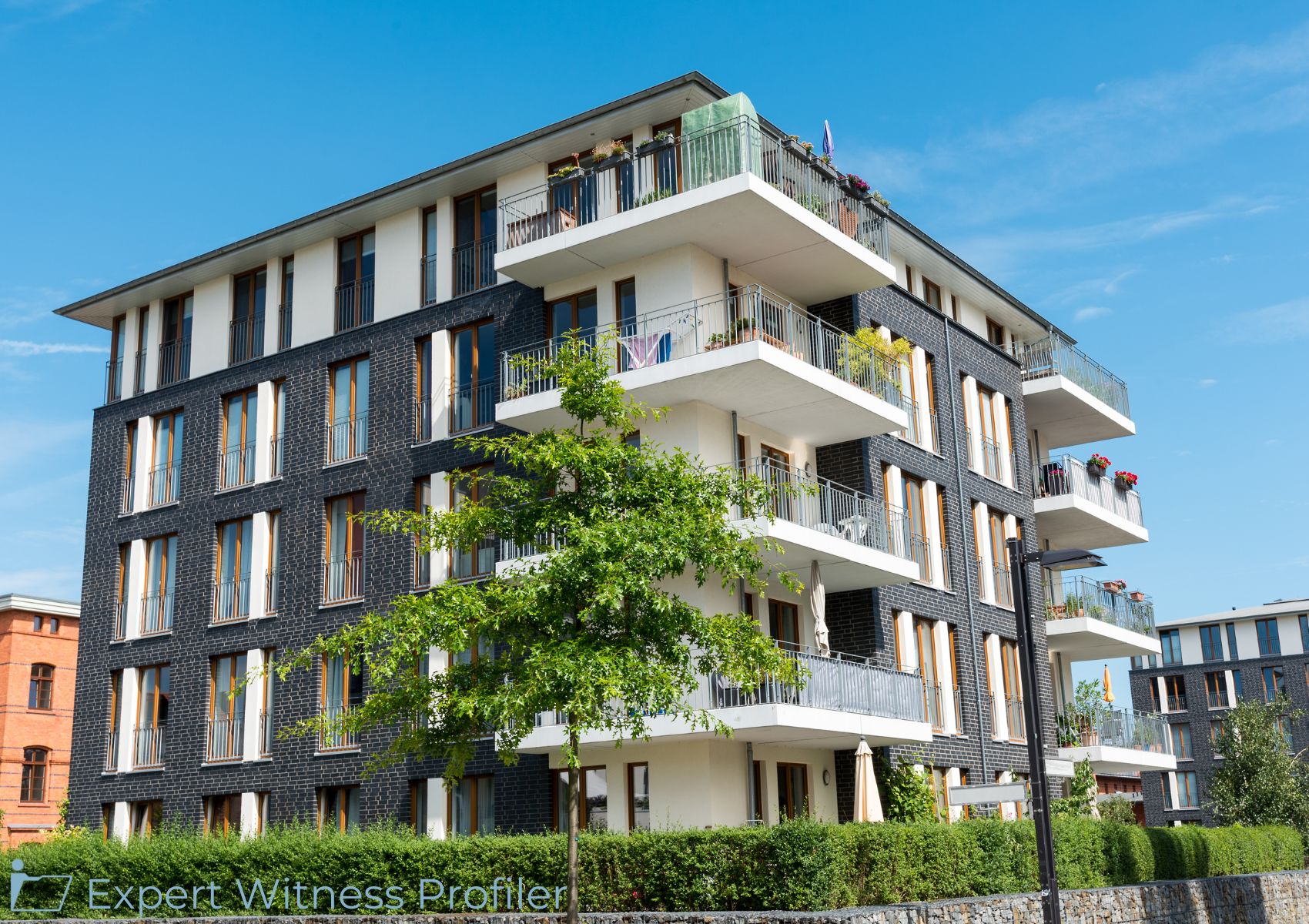Marketing Expert’s Use of the Market Approach Methodology Affirmed
Posted on August 5, 2025 by Expert Witness Profiler
Plaintiff FireBlok IP Holdings LLC (“FireBlok”) sued Defendants Hilti, Inc. (“Hilti”) and RectorSeal LLC (“RectorSeal”) (together, “Defendants”) and asserted two separate causes of action under the Lanham Act, False Advertising and False Association, based upon Defendants’ use of the UL Certification mark and FM Approval mark on Hilti’s Firestop Box Insert.
The Firestop Insert is a fire suppression product that is an intumescent box insert designed to help protect electrical outlet boxes in case of a fire. FireBlok’s alleged competing produce is the FireBlok fire suppression gasket.
FireBlok retained Dr. Alexander V. Krasnikov to testify to damages allegedly sustained by the Defendants’ false advertising and false association.
Hilti, Inc. and RectorSeal, LLC filed a motion to exclude the testimony of Krasnikov.

Marketing Expert Witness
Dr. Alexander V. Krasnikov is a professor at the Quinlan School of Business at Loyola University Chicago, specializing in marketing strategy, analytics, and intellectual property. Since receiving his Ph.D. in marketing in 2007, Krasnikov has continuously researched, published articles, and given lectures on consumer goods marketing and IP strategy.
Krasnikov has nearly twenty years of experience as a business school professor, teaching undergraduate, graduate, and Ph.D. students about “data analytics, marketing metrics, customer analytics, marketing research, and strategy.”
Discussion by the Court
Based on his education, experience, and review of the documents produced in litigation, Krasnikov reached three opinions:
(1) Hilti and RectorSeal’s Profits: From 2008 to 2019, the Defendants’ sales for Firestop Box Inserts reached over $316 million. According to industry- standard profit margins, the Defendants likely net about 31% of this figure ($98 million dollars).
(2) FireBlok’s Market Share: Without the Defendants’ presence in the market, FireBlok would’ve held 3.82% of the market share for intumescent inserts for electrical outlets and switchboxes. Alternatively, those sales may have evenly split between three major competitors, making FireBlok’s relative market share about 33.3%.
(3) FireBlok’s Lost Profits: From 2012 to 2019, but now adjusted for inflation, FireBlok lost between $4.2 million and $37 million in profits to the Defendants.
Qualification
While it is true that Krasnikov isn’t specifically versed in the fire suppression industry and that he’s never personally prepared a profit/loss statement, the Defendants, however, never explain why those facts matter. Krasnikov commonly analyzes profit/loss statements prepared by third parties and, to the extent necessary, filled gaps in his industry-specific knowledge by relying on FireBlok’s fire suppression expert. If anything, estimating lost profits for fire suppression products is easier than most other industries. An average consumer upset by the (now shocking) price of eggs may choose a cheaper grocery store, use an alternative product, or go without; whereas, professionals in the fire suppression industry must purchase a switchbox and insert to comply with building codes. Therefore, the Court found Krasnikov generally qualified to opine on damages.
Reliability
First, in estimating the Defendants’ profits, Krasnikov multiplied their self-reported unit sales by the price per unit (calculating total revenue), then subtracted industry-standard costs as reported in financial and economic databases.
Second, Krasnikov compared FireBlok’s self-reported 2017–2019 sales to its competitors’ publicly reported annual revenue data for the same timeframe. Finding that two competitors make about thirty-five times FireBlok’s annual revenue for one product category, Krasnikov estimated that FireBlok’s relative market share for intumescent inserts for electrical outlet and switch boxes is roughly 4%.
Finally, Krasnikov calculated FireBlok’s lost profits by multiplying the Defendants’ unit sales of uncertified products by FireBlok’s market share. So, the Defendants wrongly asserted that Krasnikov relied on insufficient data, “blindly relied” on client information, and failed to support his methodology.
For one, the Defendants challenged the relevance of their own profitability before FireBlok entered the market in 2016. But without some reason to believe this calculation makes Krasnikov’s conclusions unreliable, the argument does not concern Krasnikov’s methodology. Likewise, to group the remaining arguments by their primary themes, the Defendants maintained that Krasnikov made implausible assumptions and failed to consider key variables.
It’s true that Krasnikov didn’t consider every variable conceivably affecting market share—such as FireBlok’s manufacturing capacity, profit-sharing agreements, and any promotional discounts in the relevant timeframe. But every analysis makes some assumptions. In this case, the assumptions are supported by reason.
Krasnikov’s lost profit analysis turns on FireBlok’s past performance in the market. After analyzing manufacturer market power, product offerings and prices over time—and further discussing the market with FireBlok—Krasnikov applied that data to a series of calculations plausibly based on market realities.
Held
The Court denied the Defendants’ Daubert motion to exclude the testimony of Plaintiff’s expert Dr. Alexander V. Krasnikov
Key Takeaway:
The Defendants objected to Krasnikov’s use of the market approach methodology. The Defendants contended that Krasnikov was required to use either the yardstick or the before-and-after methodology. But the yardstick and the before-and-after methodologies are not the exclusive ways that experts can determine damages. And courts have found the market approach an acceptable methodology.
Case Details:
| Case Caption: | Fireblok IP Holdings, Llc V. Hilti, Inc. |
| Docket Number: | 3:19cv50122 |
| Court Name: | United States District Court, Illinois Northern |
| Order Date: | August 04, 2025 |





